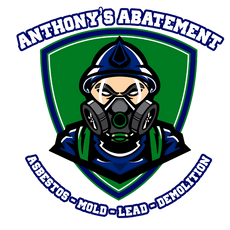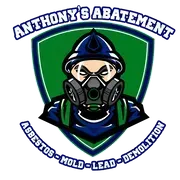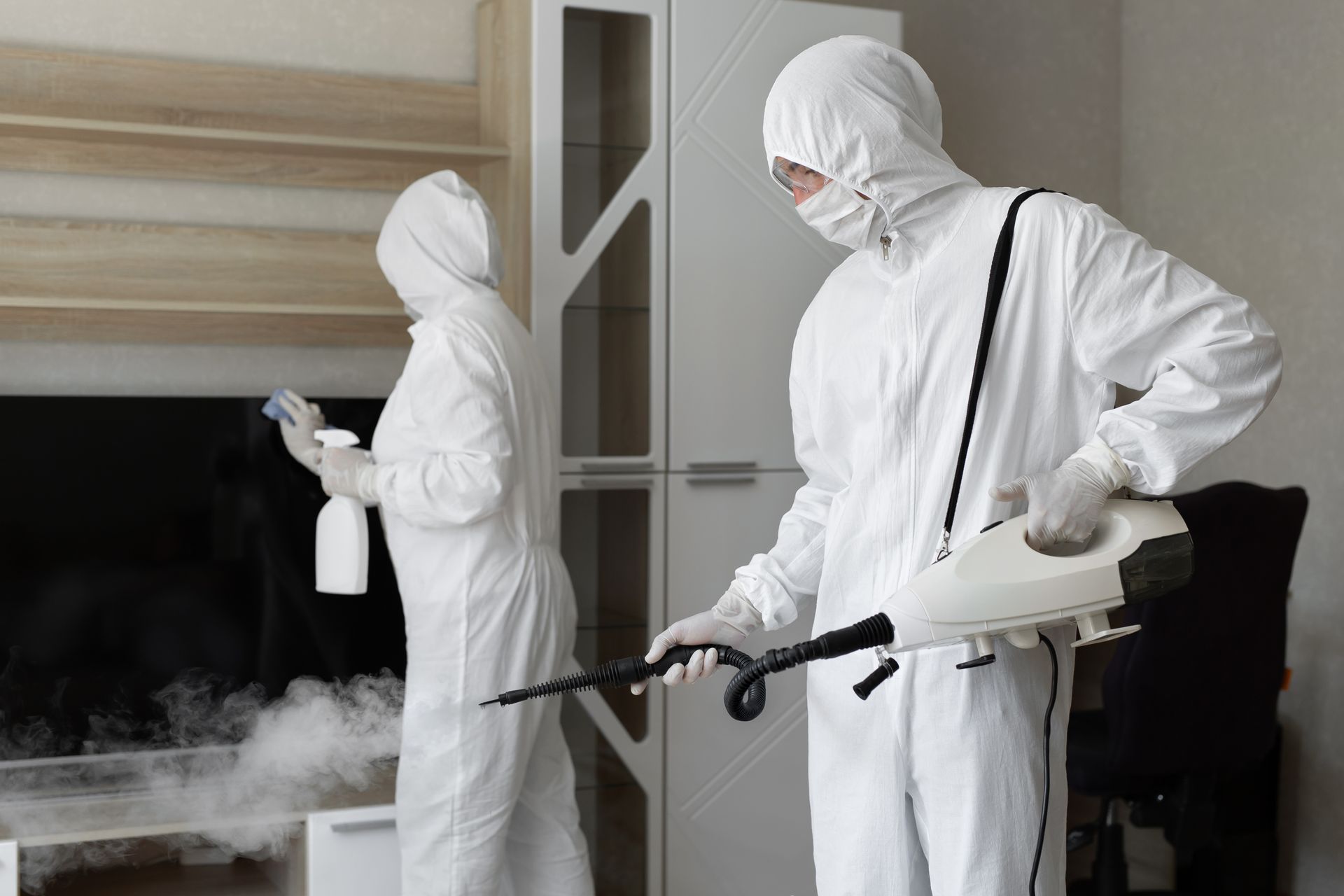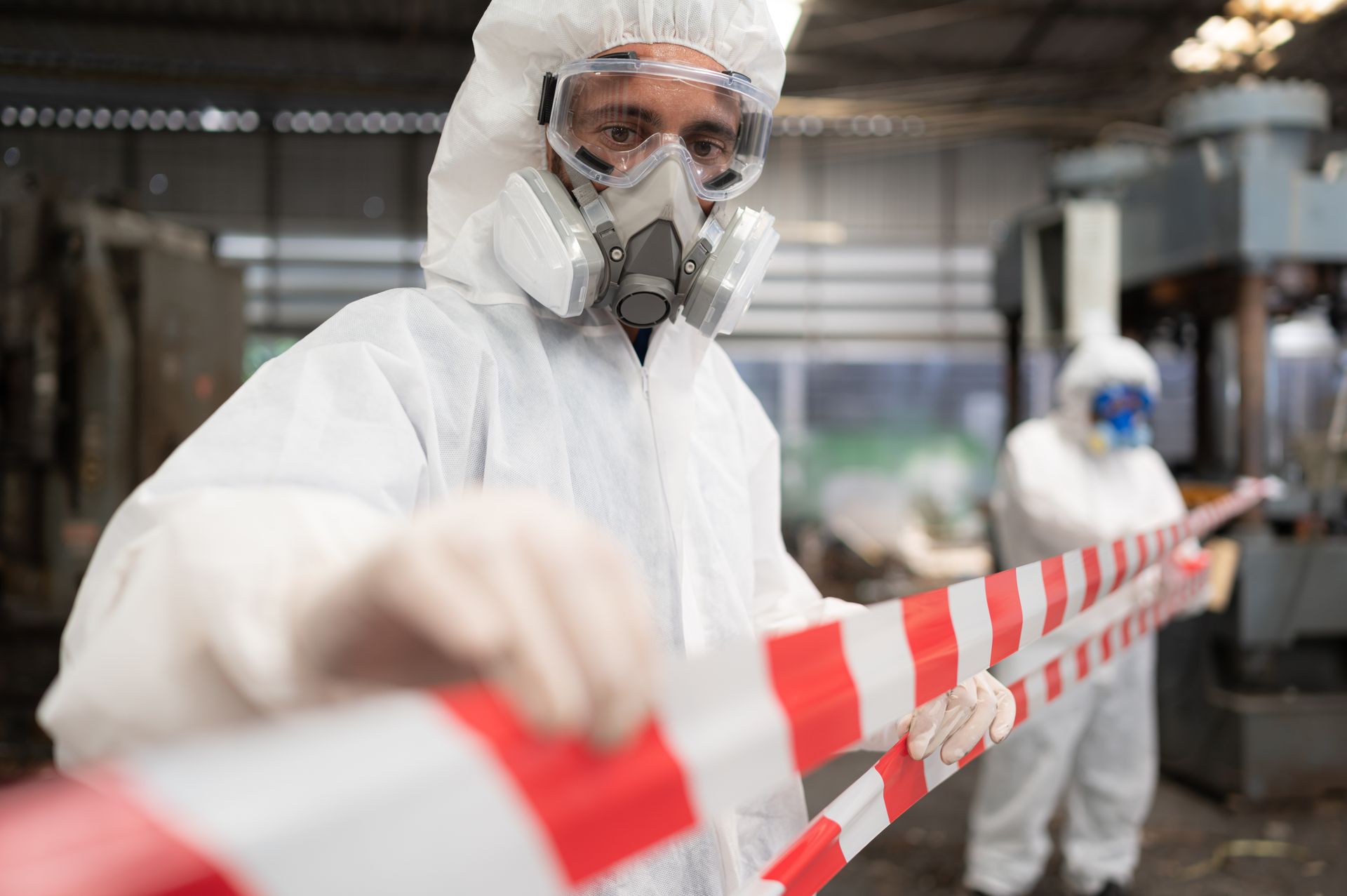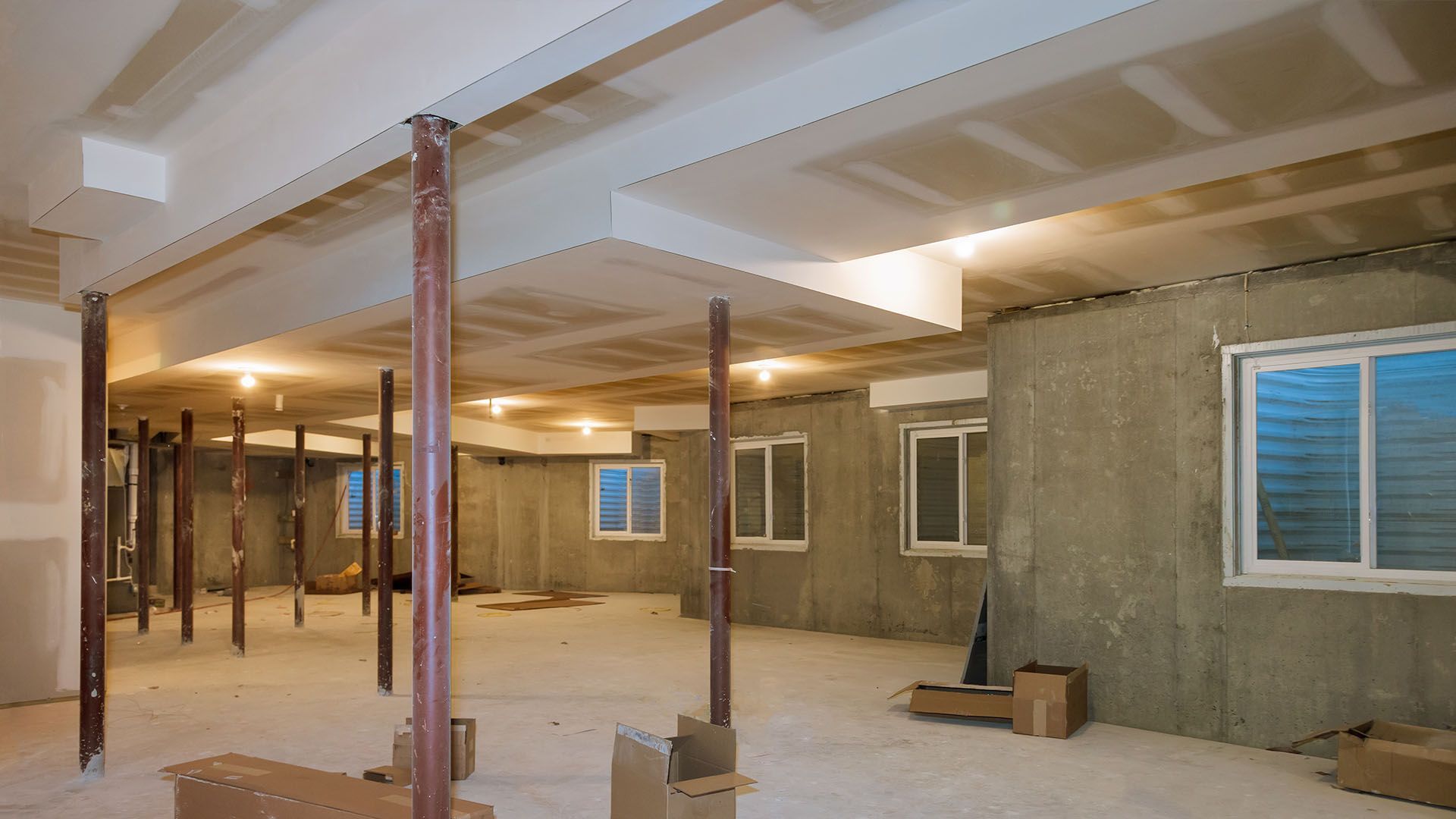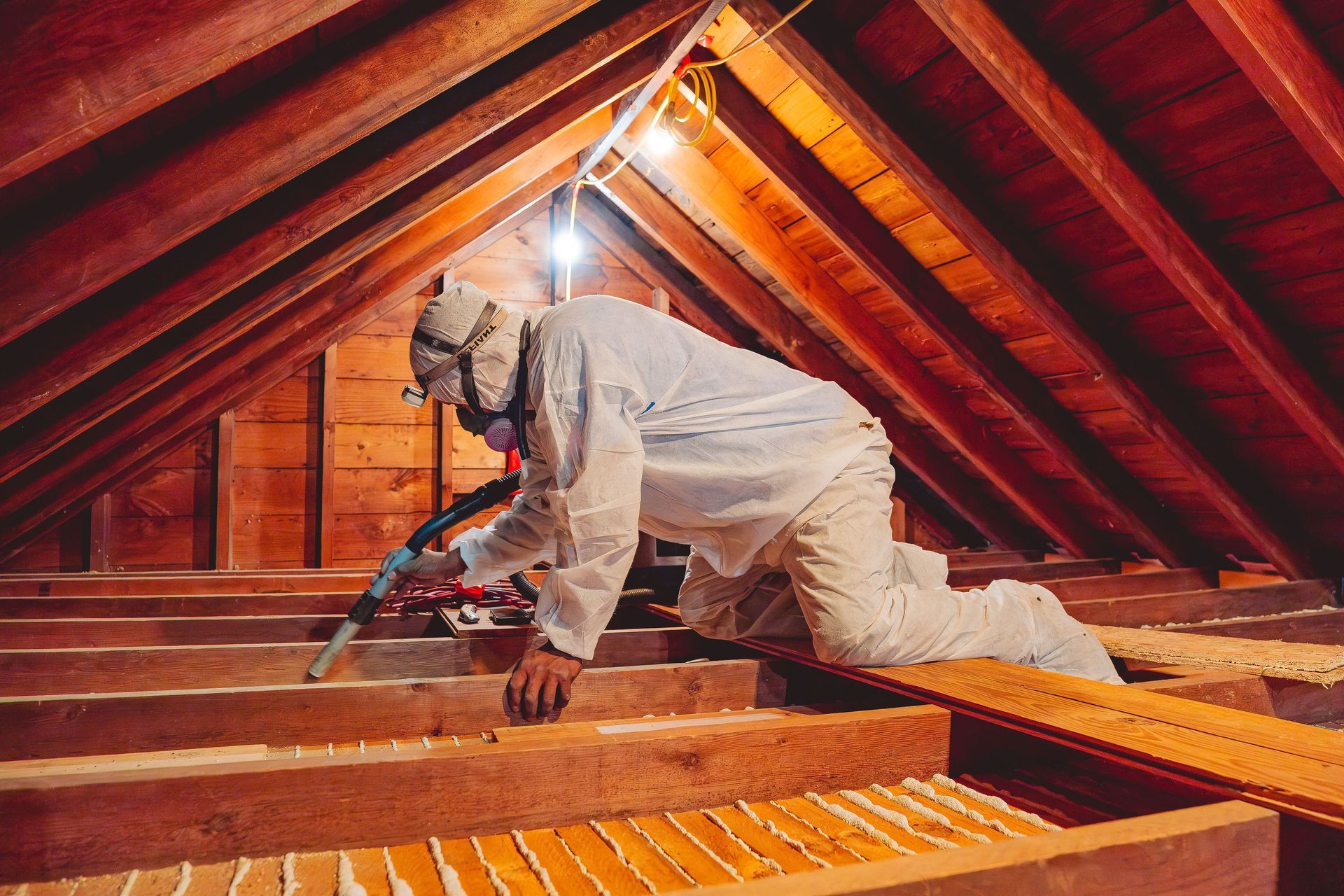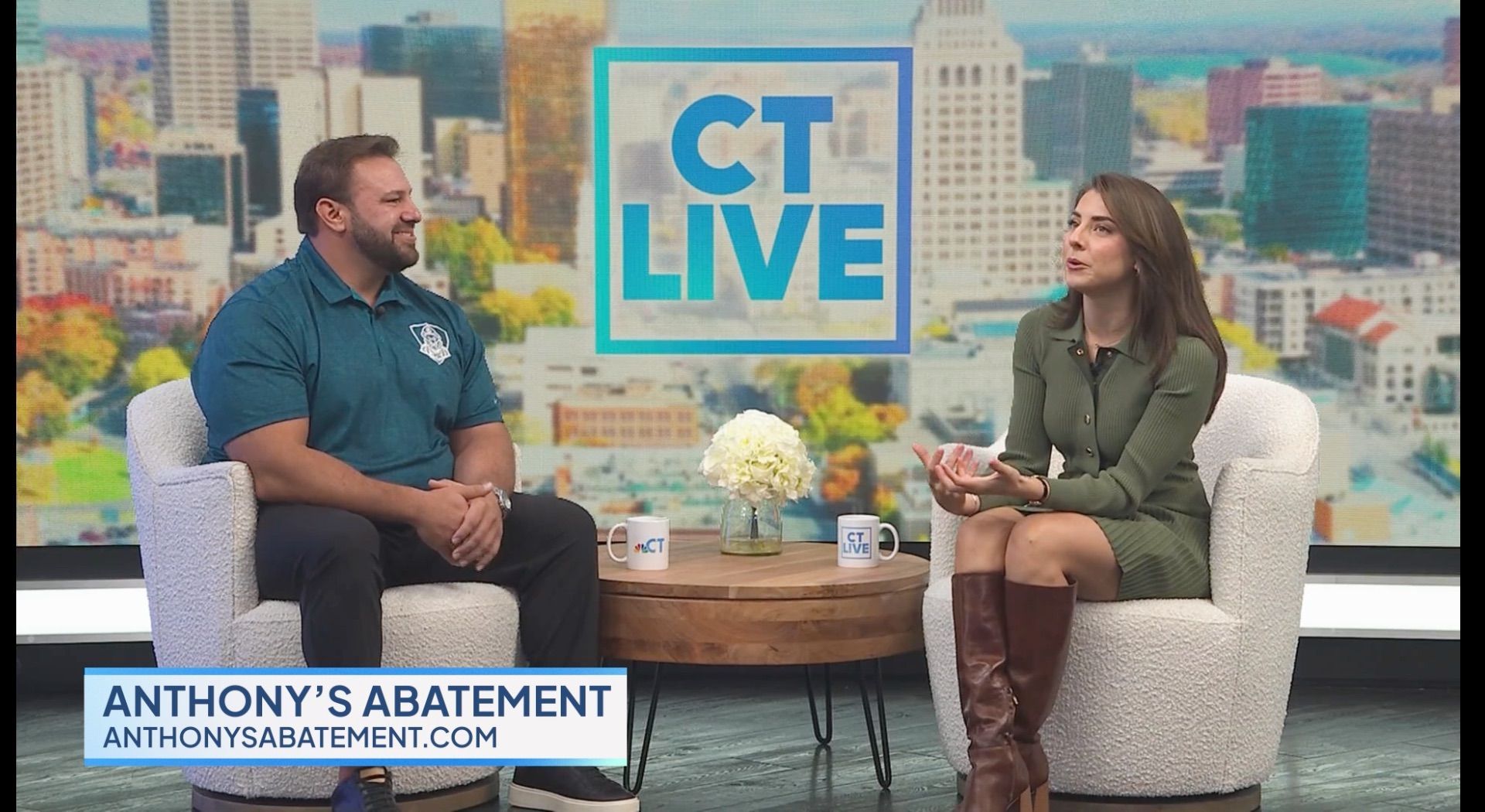When Did They Stop Using Asbestos? Get the Facts
The use of asbestos in many industries began to decline significantly in the late 1970s, with the enactment of stringent regulations. Many people often wonder, “when did they stop using asbestos?” By 1989, the EPA attempted to phase out asbestos completely, but a full ban remains elusive even today. This article delves into the historical timeline of asbestos use, key regulatory actions, and the current status of asbestos in the United States, providing insight into when did they stop using asbestos.
Key Takeaways
- Asbestos was widely used in construction and various industries from the late 19th century but was later found to cause severe health issues such as asbestosis, lung cancer, and mesothelioma.
- Regulatory efforts to control asbestos began in the 1970s, with significant milestones including the establishment of OSHA, the implementation of the Clean Air Act, and amendments to the TSCA, although a complete ban has not yet been achieved.
- Despite a decline in its use and numerous regulations, asbestos is still present in certain industries and older homes, necessitating professional inspection and safe removal to prevent exposure and associated health risks.
Historical Use of Asbestos in the United States

Asbestos emerged as a common construction material in the late 19th century, following the discovery of large deposits in Canada and the northern United States. Its excellent insulating properties and resistance to heat made it a popular choice in construction and various industries.
Beyond construction, asbestos found its way into fire-resistant clothing for firefighters and automotive brake shoes and clutch fittings. By the mid-20th century, the use of asbestos had reached its peak, with the material being commonly found in building materials, automotive parts, and other products.
The uses of asbestos seemed endless. It was woven into:
- cement
- floor tiles
- insulation
- walls
- pipes
The material’s versatility and durability masked the impending health crisis, as asbestos fibers, once released into the air, posed severe health risks.
Despite its widespread use, the dark side of asbestos began to emerge. The very fibers that made it so useful also made it deadly, leading to asbestos-related diseases like asbestosis, lung cancer, and mesothelioma. This marked the beginning of a long and arduous journey to regulate and eventually ban asbestos.
Key Milestones in Asbestos Regulation

The formation of the Occupational Safety and Health Administration (OSHA) in 1971 marked the starting point in the journey to regulate asbestos, establishing the first federal guidelines for workplace asbestos exposure. This was a critical step in recognizing the dangers associated with asbestos and taking action to protect workers.
Under the Clean Air Act of 1970, the Environmental Protection Agency (EPA) gained the authority to regulate asbestos as a pollutant. This enabled the EPA to establish stringent regulations for the handling, packaging, storing, and disposing of asbestos, marking a significant milestone in asbestos regulation.
Additionally, in 1975, OSHA officially declared asbestos a carcinogen and proposed lowering the safe-exposure threshold. Over the years, numerous rules and amendments have been introduced to tighten these regulations, reflecting the growing understanding of asbestos’s health risks.
Clean Air Act and Asbestos
The regulation of asbestos experienced a pivotal moment with the Clean Air Act of 1970. It allowed the EPA to classify asbestos as one of the hazardous air pollutants in March 1971. This classification laid the groundwork for subsequent bans and restrictions on asbestos-containing products.
In the 1970s, the EPA took significant steps to ban asbestos insulation and spray-on products. These bans were crucial in reducing asbestos exposure risks and protecting public health. The agency also established strict guidelines for the safe handling and disposal of asbestos, ensuring that its hazardous fibers would not endanger the public.
Toxic Substances Control Act (TSCA)
Enacted in 1976, the Toxic Substances Control Act (TSCA) equipped the EPA with the authority to oversee the production, importation, use, and disposal of asbestos. Certain asbestos-containing products such as commercial paper, specialty paper, and corrugated paper were banned under TSCA. This regulation aimed to reduce the exposure to asbestos and protect public health.
In 2016, TSCA was updated to enhance the EPA’s authority to impose restrictions or bans on chemicals to protect public health. Asbestos was the first chemical to undergo risk evaluation under the 2016 amendments, leading to the final evaluation for chrysotile asbestos in December 2020. This marked a significant step towards stricter control and regulation of asbestos.
Consumer Product Safety Act
The Consumer Product Safety Act (CPSA) played a crucial role in regulating the safety of consumer products, including those containing asbestos. Under the CPSA, the use of asbestos in wall-patching materials and artificial fireplace embers was banned, addressing the risks posed by these specific products.
Attempts to Ban Asbestos in the U.S.
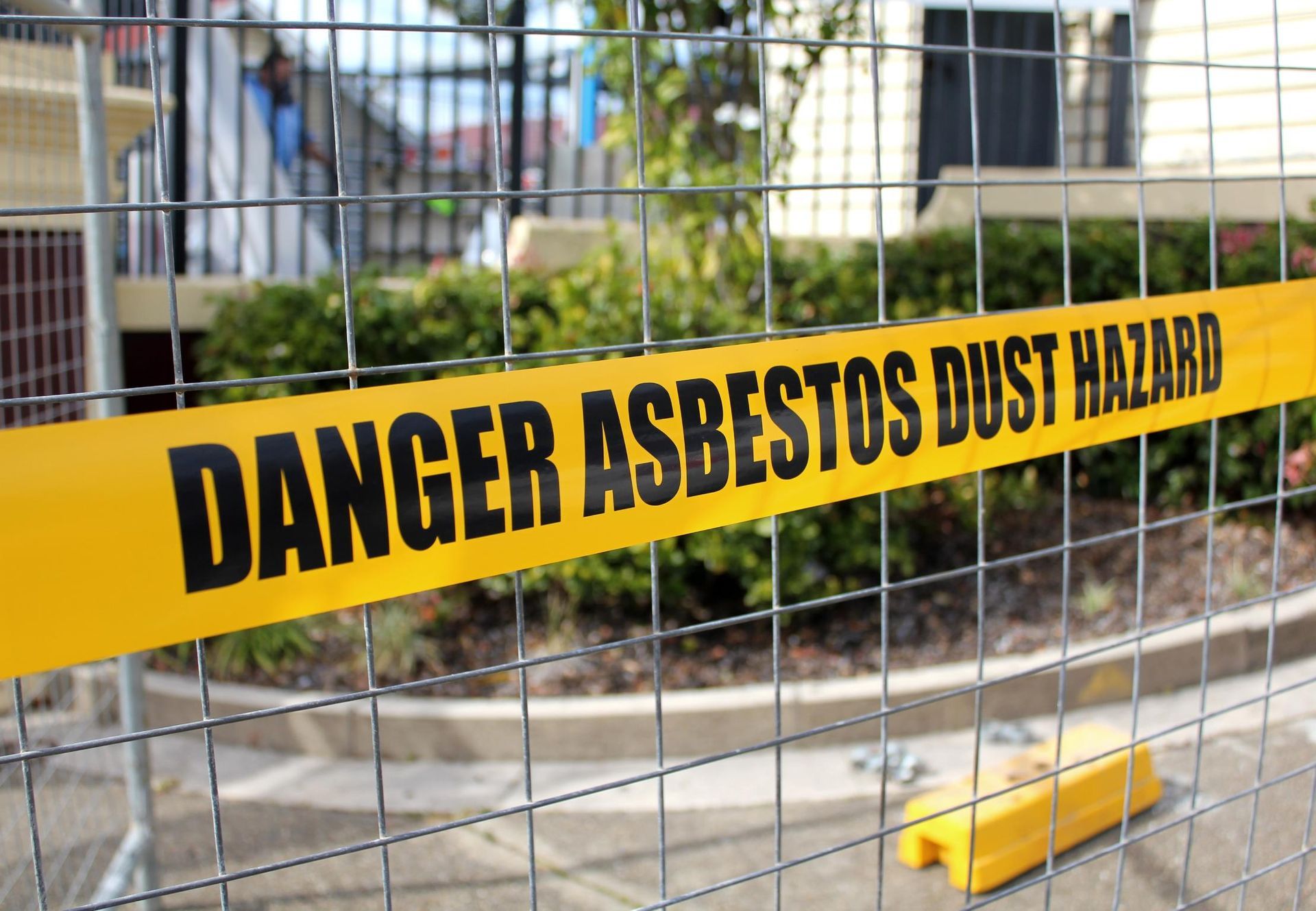
Despite regulatory efforts, the complete ban of asbestos in the U.S. has been a challenging endeavor. In 1989, the EPA tried to ban all uses of asbestos through the Asbestos Ban and Phase-Out Rule. However, the rule faced legal challenges and was overturned in 1991. However, this attempt was overturned in 1991, allowing for certain uses of asbestos to continue.
Public health advocates have not given up. They continue to push for a full ban on all types of asbestos to close the loopholes that allow for exposure. This ongoing battle highlights the complexities and challenges in achieving a complete asbestos ban in the U.S.
Several legislative efforts have been made to impose a complete ban, but none have been entirely successful. The struggle to ban asbestos continues, driven by the urgent need to protect public health from its known dangers and the growing awareness of asbestos bans.
Asbestos Ban and Phase-Out Rule of 1989
Issued in 1989, the Asbestos Ban and Phase-Out Rule targeted the prohibition of the manufacture, import, processing, and distribution of specific banned asbestos products, as well as new uses of asbestos. With asbestos banned through this rule, it represented a significant step towards eliminating asbestos-containing products from the U.S. market.
However, the U.S. Court of Appeals for the Fifth Circuit overturned the rule in 1991, allowing some uses of asbestos to continue. While the rule successfully banned new uses, its overturning highlighted the legal and regulatory challenges in achieving a complete ban.
The Alan Reinstein Ban Asbestos Now Act
Named in honor of a mesothelioma victim and advocate, the Alan Reinstein Ban Asbestos Now Act (ARBAN) seeks to enforce a full ban on all types and uses of asbestos, including the already banned asbestos. Introduced multiple times since 2016, ARBAN seeks to permanently ban the import and use of all types of asbestos.
If passed, ARBAN would:
- Require the EPA to evaluate and address risks from legacy uses and disposal of asbestos
- Represent the most comprehensive effort to achieve a complete asbestos ban in the U.S.
- Reflect the persistent advocacy for stronger asbestos regulations.
Other Legislative Efforts
Other notable legislative efforts include the Bruce Vento Ban Asbestos and Prevent Mesothelioma Act, which aimed to expand the definition of asbestos and allow more products to be banned under TSCA. Additionally, the Ban Asbestos in America Act, also known as the Murray Bill, focused on achieving a complete asbestos ban.
Decline of Asbestos Use in Homes

Asbestos use in homes began to decline significantly after 1980 due to increasing regulations and public awareness. Homes built after this period are less likely to contain asbestos, but older homes may still harbor this hazardous material.
Common locations for asbestos in homes include:
- Cement
- Floor tiles
- Insulation
- Walls
- Pipes
Identifying asbestos by sight is challenging, but materials installed before 1980 should be treated with caution. Disturbing these materials during renovations can release dangerous asbestos fibers into the air.
Regulations Impacting Home Construction
Regulations have significantly impacted the use of asbestos in home construction. Materials such as:
- insulation
- roofing shingles
- floor tiles
- cement products
Many building materials, which commonly contained asbestos, are now subject to strict regulations, especially when it comes to asbestos containing materials.
These measures have helped reduce the presence of asbestos in newer homes.
Phasing Out Asbestos in Popcorn Ceilings
The EPA banned spray-on asbestos products, including ceiling textures, in 1973. However, asbestos-containing popcorn ceilings continued to be installed as late as the 1990s. These ceilings could contain 1% to 10% asbestos, posing significant health risks if disturbed.
Homeowners should be cautious when dealing with popcorn ceilings in homes built before the 1990s. Professional testing and abatement are essential to ensure safety and avoid asbestos exposure.
Current Status of Asbestos Use
Despite numerous regulations, asbestos is not completely banned in the United States. Certain industries, such as the chlor-alkali industry, still use and import asbestos. While many uses of asbestos are banned, including specific products, it remains legal in some contexts.
Recent regulations have further restricted asbestos use. A significant development is the EPA’s finalization of a rule on March 18, 2024, which prohibits ongoing uses of chrysotile asbestos. This rule represents a crucial step towards reducing asbestos exposure risks.
Chrysotile Asbestos Ban
The EPA announced a ban on chrysotile asbestos on March 18, 2024. This ban is particularly significant as chrysotile asbestos accounts for about 95% of the asbestos in commercial use,. The rule, proposed in April 2022, aims to protect against unreasonable risks to human health by banning ongoing uses of chrysotile asbestos.
The ban affects various products, including oilfield brake blocks, aftermarket automotive brakes and linings, and other vehicle friction products. Additionally, the chlor-alkali industry is required to transition to non-asbestos diaphragms or membrane technology.
This ban aligns with President Biden’s Cancer Moonshot initiative, aiming to reduce cancer deaths and related diseases.
Industries Still Using Asbestos
Chrysotile asbestos is still used in certain industries, notably the chlor-alkali industry, which uses asbestos diaphragms to produce sodium hydroxide and chlorine. Despite the recent bans, eight chlor-alkali plants in the U.S. continue to use these diaphragms.
Other products still utilizing chrysotile asbestos include vehicle friction products and sheet gaskets.
Health Risks and Asbestos Exposure

The health risks associated with asbestos exposure are severe and well-documented. Asbestos fibers, once inhaled, can lodge deep into lung tissue, causing diseases such as lung cancer, asbestosis, and mesothelioma. These microscopic fibers can remain airborne for days, making them easily inhalable and posing significant health risks.
Asbestos-related diseases often have long latency periods, with symptoms appearing 10 to 40 years after exposure. Asbestos exposure is linked to over 40,000 deaths annually in the U.S., highlighting the critical need for continued awareness and strict regulation.
Mesothelioma and Other Asbestos-Related Diseases
Exposure to asbestos significantly increases the risk of developing asbestosis, mesothelioma, and lung cancer. Mesothelioma, in particular, can develop from very small amounts of asbestos exposure and is often diagnosed decades after the initial exposure. Regular imaging tests like X-rays or CT scans may be part of monitoring for mesothelioma. These tests help healthcare professionals to assess the progression of the disease and plan appropriate treatment.
Other asbestos-related diseases include cancers of the digestive system, such as colon cancer. These diseases are major public health issues, underscoring the deadly impact of asbestos exposure.
How Asbestos Exposure Occurs
Exposure to asbestos happens when materials containing it get damaged or disturbed, leading to the release of fibers into the air. Normal wear and tear, renovations, or repairs can all lead to this occurrence. It’s a common issue in many households and properties. There is no safe level of asbestos exposure, making it crucial to avoid disturbing materials that may contain asbestos.
What to Do if You Suspect Asbestos in Your Home
If asbestos presence is suspected in your home, getting in touch with a trained professional for inspection and testing is vital. Identifying asbestos visually is not reliable, so professional testing is the safest option to confirm its presence. Treat materials installed before 1980 with caution and assume they contain asbestos if there are no packages or labels.
DIY asbestos testing and removal are highly dangerous and should be avoided. At-home test kits can expose homeowners to dangerous fibers if not handled correctly. The national average cost for basic asbestos testing is $600, a small price compared to the potential health risks. Professional asbestos services provide a range of solutions, including testing and removal. They also offer free quotes and consultations for interested clients.
Professional Asbestos Testing
The EPA recommends professional asbestos testing for accurate results and to minimize exposure risks. Asbestos professionals can sample suspected materials and have them tested in laboratories. This process ensures that any potential asbestos is identified and managed safely.
Homeowners should refer to environmental consultants or state health departments for lists of qualified asbestos professionals.
Safe Removal and Abatement
To ensure the safe and effective abatement of materials containing asbestos, it is necessary to hire trained professionals for the removal. Proper abatement minimizes the risk of exposure and prevents the severe health consequences associated with asbestos, such as mesothelioma, lung cancer, and asbestosis.
Professional abatement services follow strict safety protocols to handle and dispose of asbestos safely.
Summary
Throughout history, asbestos has transitioned from a celebrated material to a notorious health hazard. Efforts to regulate and ban its use have evolved significantly, marked by key legislative milestones like the Clean Air Act and the Toxic Substances Control Act. Despite these efforts, a complete ban on asbestos in the U.S. remains elusive, with certain industries continuing to use and import asbestos.
The health risks associated with asbestos exposure are severe and long-lasting, making it imperative for homeowners to act cautiously if they suspect asbestos in their homes. Professional testing and abatement are crucial to ensuring safety. Continued advocacy and legislative efforts are needed to achieve a complete asbestos ban and protect public health.
